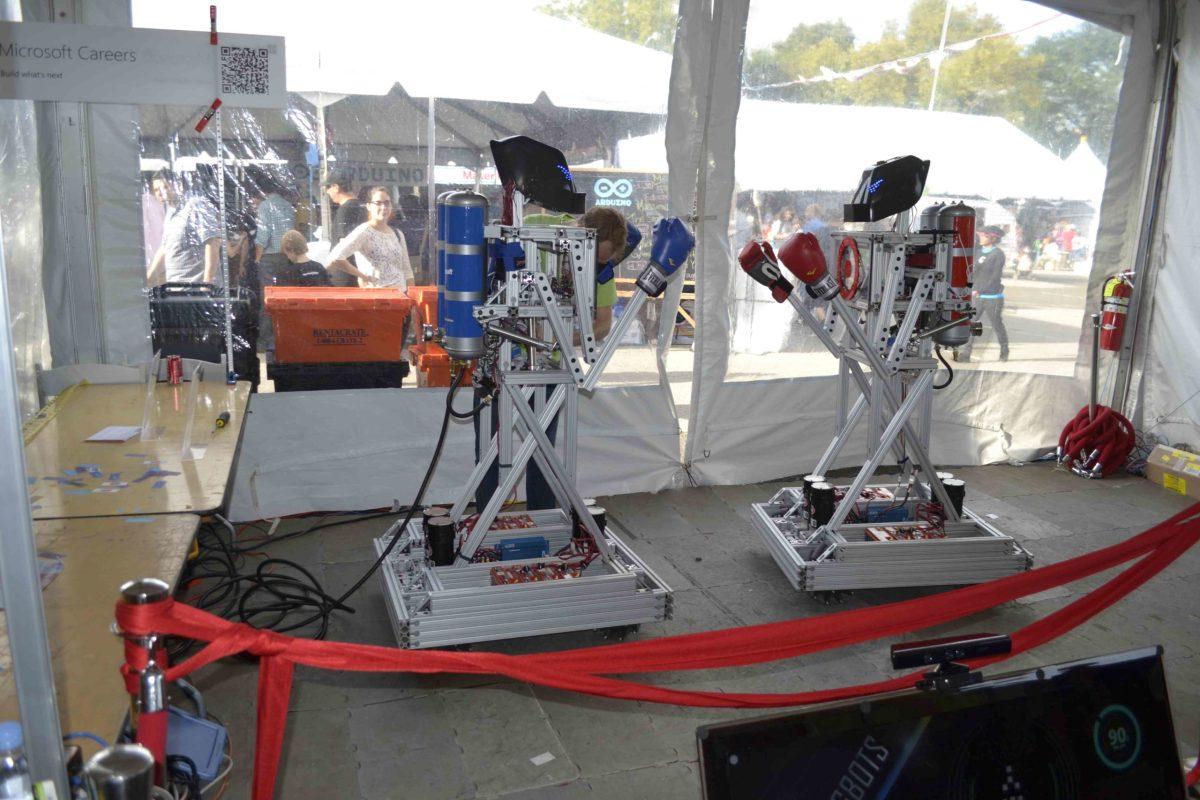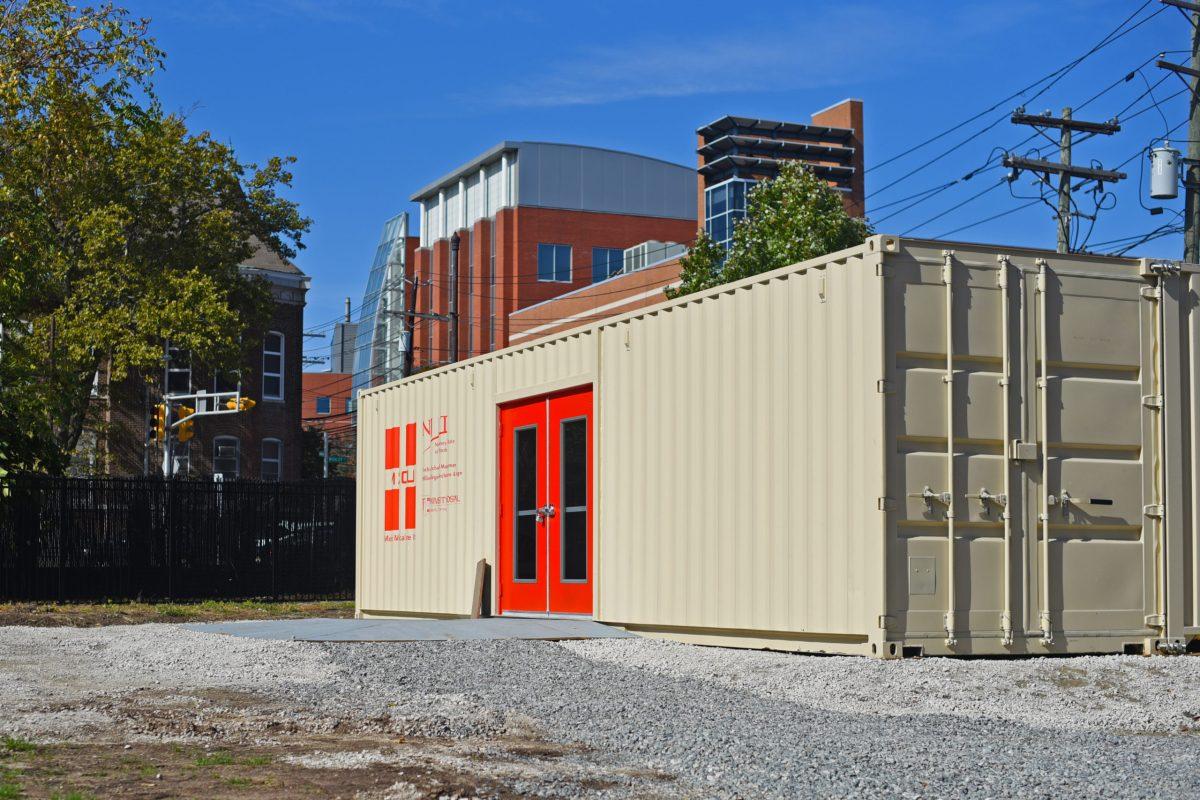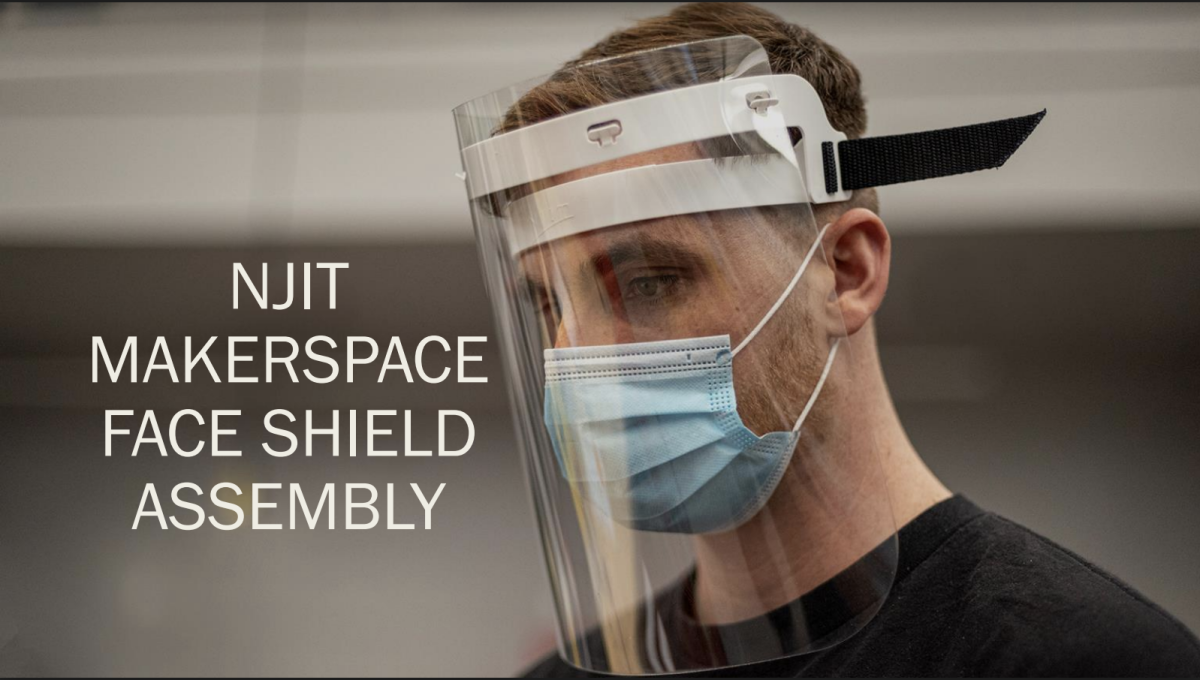Joe Iacoviello
This year I attended MakerFaire 2013 on Sept, 21st. MakerFaire is a unique experience compared to other conventions like PAX and E3. Most conventions are used by companies to show off their products and what they have been working on behind the scenes. MakerFaire, in contrast, is a chance for individual or small groups of people to show off their creations. MakerFaire exhibits usually fall into three different categories. The first group consists of very creative people called “makers” showing off what they have been building in their spare time for fun or for a competition. The second consists of small companies showing off niche products like 3D printers, CNC machines, microcontrollers, and small touchscreens. The third and least common are large companies showing off what crazy applications can be built with their products while looking for new hires. I only saw one of the last group. Microsoft came to MakerFaire, and were showing off a lifesize implementation of Rockem Rockem robots using the Kinect as a controller.
One of the largest exhibits was a physical implementation of the mobile game Flow, called FlowX26. The board consisted of large tiles that have pressure sensors to detect when you step on them. Under the clear plastic tiles are LED lights that change color based on the direction of the current passed through them, controlled by an Arduino microcontroller in each tile. This gives each tile three states, OFF, RED, and GREEN. Using these states you can play simple connect-the-dots style games by stepping on the tiles you want to activate. This board was built by a high school group, Young Makers Club, from San Jose, and received funding from Google in addition to the $5,500 budget they started with. The makers started the project in January of 2013.
MakerFaire also has its fair share of robots. One of the exhibits was the Olin robotic sailing team displaying their robotic sailboat, named a sailbot. This robot is designed to sail on the shore along a predetermined racecourse using as little manual control as possible. There are four competitions for this sailbot to compete in the International Robotic Sailing Regatta. The first is a basic race. All the sailbots race together along a racecourse on the shore. Because of the number of boats sailing side to side in this event, manual control is allowed and even expected. However, Olin’s robot uses very limited manual control and uses the program to control key parts of the sailbot, like the sails and the rudder. The second competition is to keep the robot in a 40×40 box for five minutes before leaving the box. Additional points are awarded to the robot that can leave the box fastest after the time is up. The third test is to sail upwind 60m, around a buoy, and back again, finishing between two closely-spaced buoys. This must all be done autonomously, without human control from land. The final competition is a 10km race, using pre-programed computer software controlling the sailbot instead of a person. If a person does override the sailbot’s program that team gets 50% fewer points.
The Bronx High School of Science came to MakerFaire to show off the robot they built for the FRC Robotics competition. Their robot was designed to throw a Frisbee into their opponent’s, goal then climb their opponent’s pyramid on the field. This high school team built and programmed their robot from scratch. Each game is about two minutes long. For the first fifteen seconds the robot is running autonomously on code, and for the remaining time it is driven by a person standing on the side of the field who will either try to score more points by getting Frisbees in the goals or attempt to climb the pyramid.
These are only a few of the exhibits that were at MakerFaire. Others include loads of 3D printers, a Tesla machine that made music by shooting lighting through the air at different frequencies, small robots that drove around and avoided objects, and just about anything else that people can invent. If you enjoy building robots, printing objects, or are just interested in science in general, I would recommend going to MakerFaire next year!































